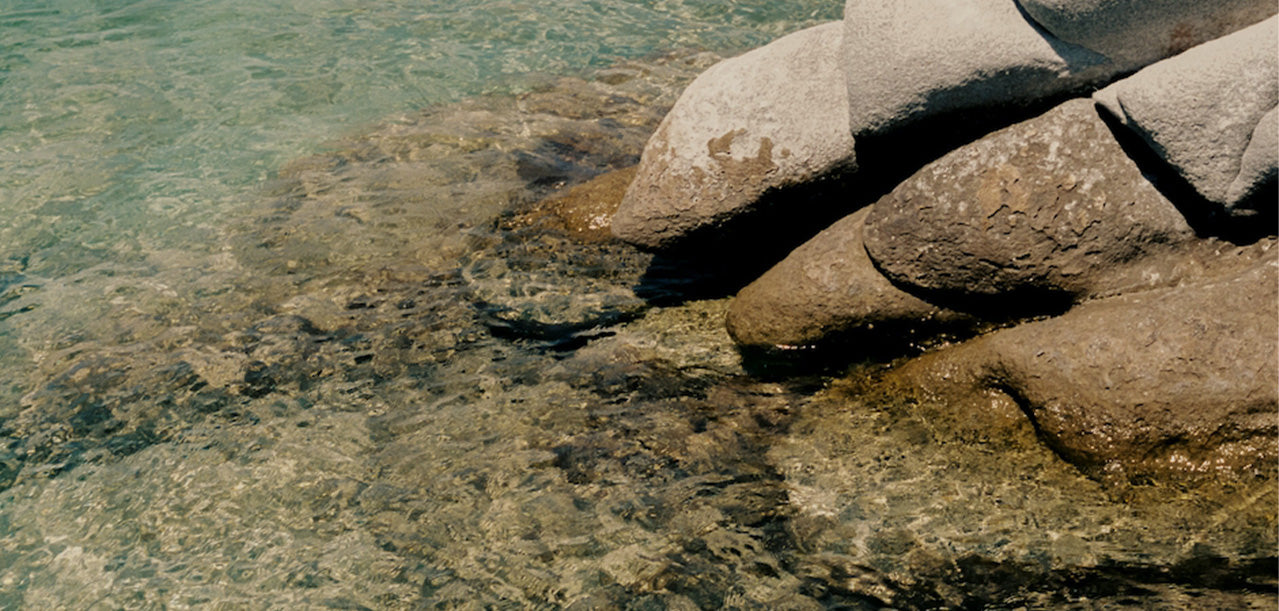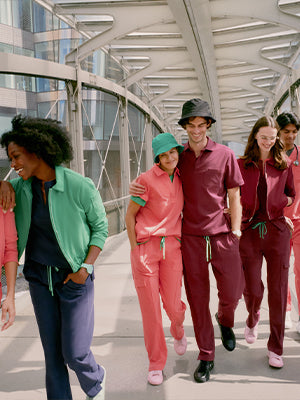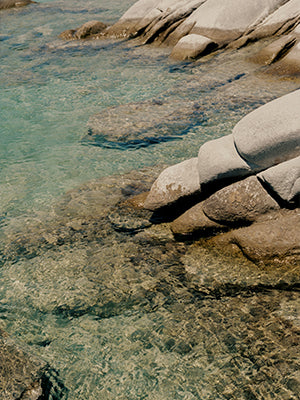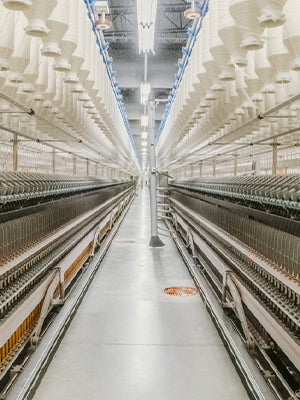



The manufacturing of ECOVERO Viscose fibers generates 50% lower emissions and water impact compared to generic viscose. According to Higg MSI tools, CO2 emissions and fossil resource are aproximately half that of the industry average.
n addition to maintaining a highly efficient usage rate, we clean up the water we use before returning it to nature.

The wood pulp is turned into viscose (a biobased man-made fiber), made through a process that recycles water and reuses the solvents used. This creates less waste and results in a fiber that biodegrades in water, landfills and composting environments.
Our natural and renewable raw material, wood and pulp, come from certified and controlled sources derived from sustainably managed forests. The non-profit environmental protection organization Canopy has consistently ranked our viscose among the best for the use of sustainable wood and pulp sourcing practices.






